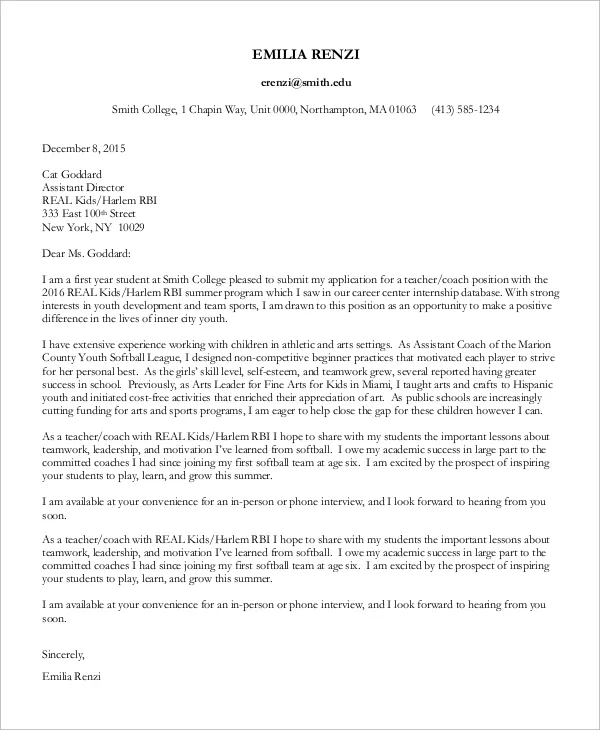What is a Cover Letter CV?
A cover letter CV, often simply referred to as a CV (Curriculum Vitae), is a comprehensive document used to showcase an individual’s professional and academic history. Unlike a resume, which is usually shorter and more targeted, a CV provides a detailed account of a person’s entire career, including all work experience, education, publications, presentations, and achievements. The purpose of a CV is to provide a complete overview of your qualifications and suitability for a position, particularly in academic, research, or international settings. It’s a crucial tool for demonstrating the breadth and depth of your experience and expertise to potential employers. Understanding the structure and content of a well-crafted CV is essential for making a strong first impression and securing job opportunities.
The Importance of a Cover Letter CV
A well-written cover letter CV is your first impression with a potential employer. It serves as a detailed introduction, providing context to your qualifications and highlighting your suitability for the job. A strong CV can significantly increase your chances of getting an interview by showcasing your skills, experience, and accomplishments in a clear and organized manner. It also helps to differentiate you from other candidates by demonstrating your expertise and achievements. In academic and research fields, a CV is often essential, as it provides the necessary detail to evaluate your credentials fully. Taking the time to create a professional and compelling CV is a critical investment in your career, opening doors to opportunities and advancing your professional journey.
Key Components of a Cover Letter CV
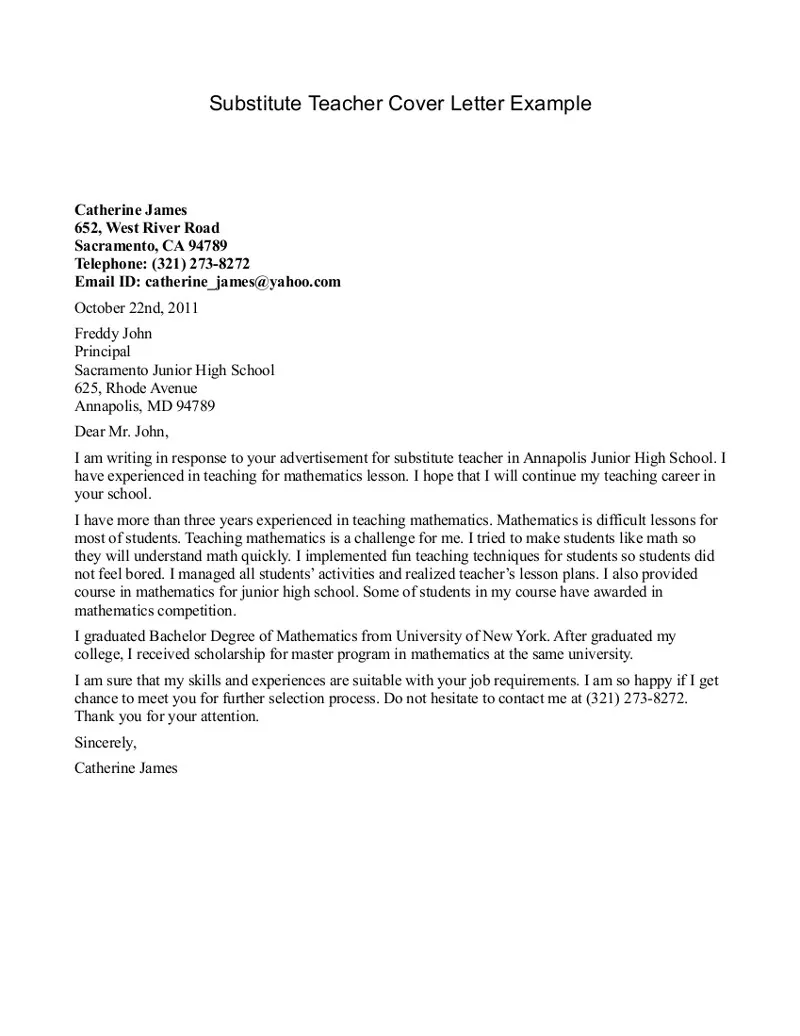
A comprehensive cover letter CV includes several essential sections that provide a complete picture of your qualifications and experience. These key components ensure that potential employers can easily assess your suitability for a role. By including these sections, you create a clear, organized, and compelling presentation of your professional history, making it easier for hiring managers to understand your capabilities and identify how you can contribute to their organization.
Contact Information
This section typically includes your full name, address, phone number, and email address. Ensure your contact information is up-to-date and professional. Double-check the accuracy of your email address and phone number. The contact information should be easy to find and read, usually placed at the top of your CV. Use a professional-sounding email address rather than a casual one. This section is crucial for allowing potential employers to reach you easily and quickly.
Personal Summary or Objective
A brief overview that highlights your career goals and key skills. A personal summary focuses on your accomplishments and what you can bring to a company. An objective outlines your career aspirations and what you’re looking for in a role. This section provides a snapshot of your professional profile, capturing the reader’s attention immediately. Tailor this section to match the job you’re applying for, emphasizing the most relevant skills and experiences. Keep it concise and engaging, using strong, action-oriented language to demonstrate your value. Your objective should be specific and clearly state the type of position you are seeking.
Skills Section

List your skills, both hard and soft, that are relevant to the job. Group skills into categories such as technical skills, language proficiency, and other relevant abilities. Quantify your skill levels whenever possible (e.g., ‘Proficient in Python’). This section helps potential employers quickly identify your capabilities. Prioritize skills mentioned in the job description to align with the requirements. Use keywords from the job posting to ensure your CV is easily searchable by applicant tracking systems. Include both technical skills and soft skills to provide a comprehensive view of your abilities.
Work Experience
Detail your work history, including job titles, company names, dates of employment, and responsibilities. Use bullet points to describe your accomplishments and duties, highlighting achievements over just listing tasks. Quantify your accomplishments with numbers and metrics (e.g., ‘Increased sales by 15%’). Start each bullet point with an action verb to make your achievements more impactful. Tailor this section to match the job description, emphasizing the experience most relevant to the position. Focus on results, demonstrating what you achieved in each role. Showcase your professional experience effectively by listing the key points of each job role in an understandable way.
Education
Include details about your degrees, certifications, and relevant coursework. List the name of the institution, degree earned, graduation date, and any honors received. If you have advanced degrees, you can list your undergraduate information briefly. Include any relevant coursework, especially if it relates to the job you are applying for. This section is essential for showcasing your academic qualifications and background. Ensure the dates are accurate and presented in a consistent format. List your degrees in reverse chronological order, with the most recent degree first. Include any awards, honors, or scholarships you’ve received to highlight your academic achievements.
Other Sections
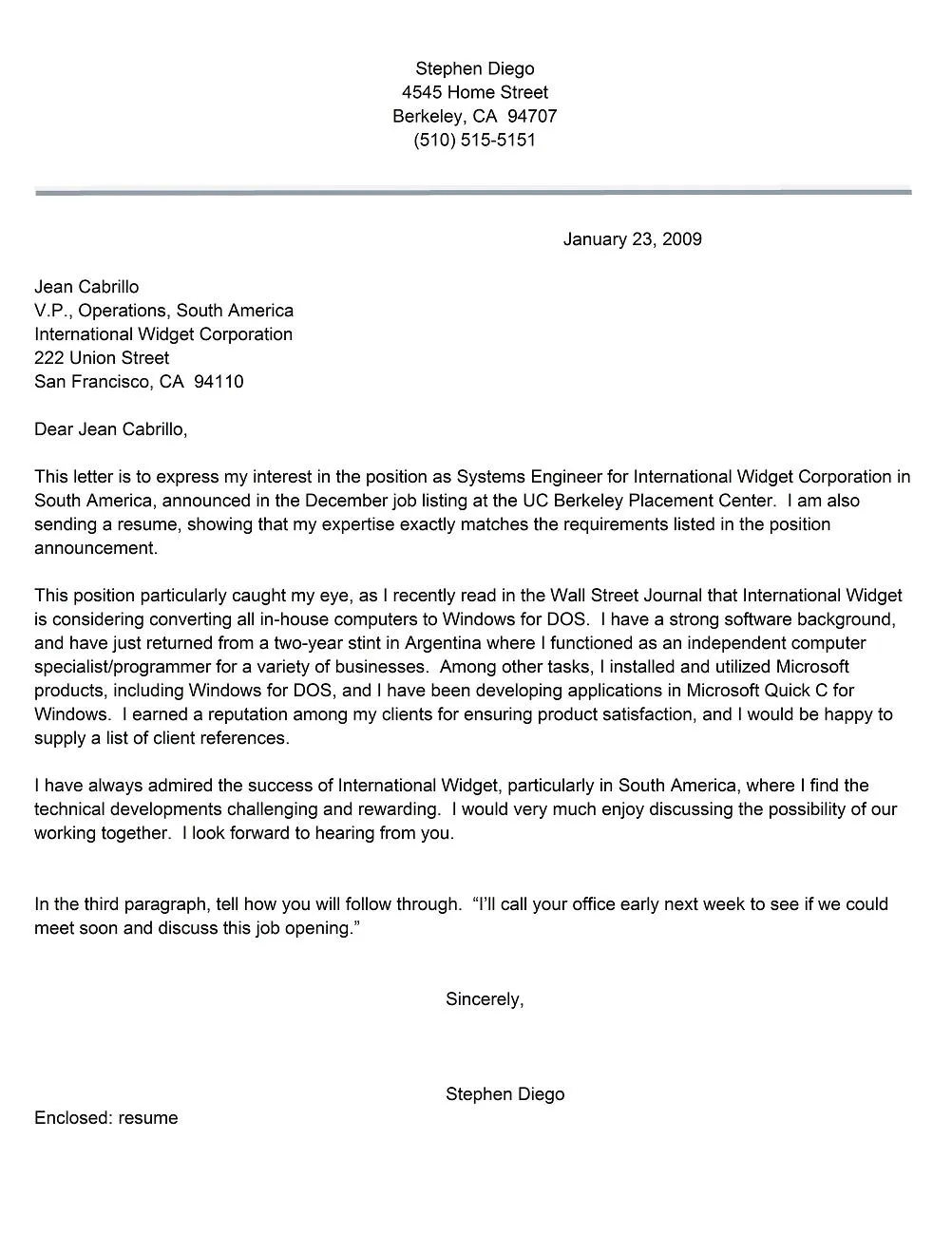
Include sections like publications, presentations, awards, and professional affiliations. Tailor these sections based on the job requirements, adding any relevant details that showcase your achievements. This could include any publications you’ve written, presentations you’ve given, awards you’ve received, or memberships in professional organizations. These sections help provide a more comprehensive picture of your expertise and contributions to your field. Include any volunteer work, professional memberships, or projects that show initiative and a commitment to your field. Make sure that the information in these sections is relevant and adds value to your CV.
Formatting Your Cover Letter CV
The format of your cover letter CV is essential for readability and professionalism. A well-formatted CV is easy to navigate and helps potential employers quickly find the information they need. Proper formatting enhances readability and presents you as organized and detail-oriented. Consistency in formatting throughout your CV is key to a professional appearance. A clean and well-structured CV increases the likelihood of a positive first impression.
Choose the Right Font and Font Size
Select a professional and easy-to-read font, such as Times New Roman, Arial, or Calibri. Use a font size between 10 and 12 points for the body text. Ensure that the font is consistent throughout the entire document. Choose a font that is clear and easy to read, particularly for online viewing. Avoid using overly decorative fonts. Proper font choice and size are essential for readability and a professional look. The right font helps create a positive impression and makes your CV easier to scan and understand. Make sure the font is consistent throughout, including headings and bullet points, for a polished appearance.
Use Clear and Concise Language
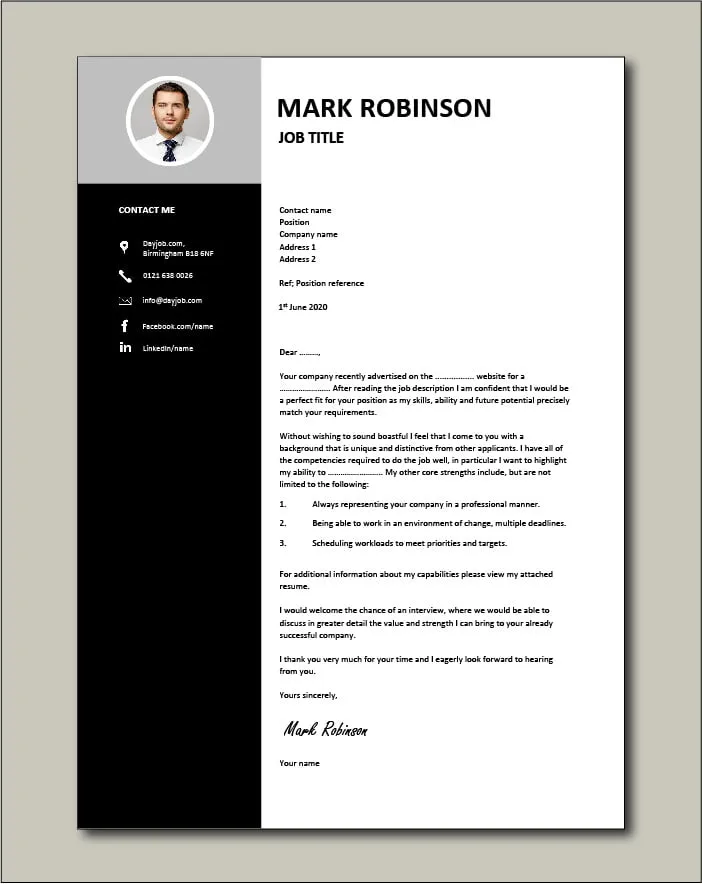
Use clear, concise language and avoid jargon or overly complex sentences. Keep your sentences short and to the point. Use action verbs to start your bullet points (e.g., ‘Managed,’ ‘Developed,’ ‘Implemented’). Avoid using long paragraphs; break up the text with bullet points. Focus on highlighting key accomplishments and skills using direct and impactful language. Ensure your writing is easy to understand and avoids any ambiguity. This helps make your CV more readable and ensures that potential employers can quickly grasp your qualifications and experience.
Proofread Your Cover Letter CV
Thoroughly proofread your CV for any typos, grammatical errors, and inconsistencies. Have a friend or colleague review your CV for a second opinion. Errors can detract from your credibility and make a negative impression. Check for consistency in formatting, such as dates and bullet points. Proofreading is essential for ensuring your CV is professional and error-free. Errors can undermine your credibility and make a negative impression. Proofreading helps ensure your CV presents a polished and professional image.
Best Practices for Writing
Following best practices ensures that your CV is effective and gets the attention of potential employers. These practices include tailoring your CV to the specific job, highlighting relevant skills and experiences, using action verbs, and quantifying your achievements. Adhering to these practices can significantly increase your chances of securing an interview by showcasing your skills, experience, and accomplishments in a clear and organized manner. Implementing these practices can help you create a compelling and professional CV that stands out from the competition.
Tailoring Your Cover Letter CV to the Job
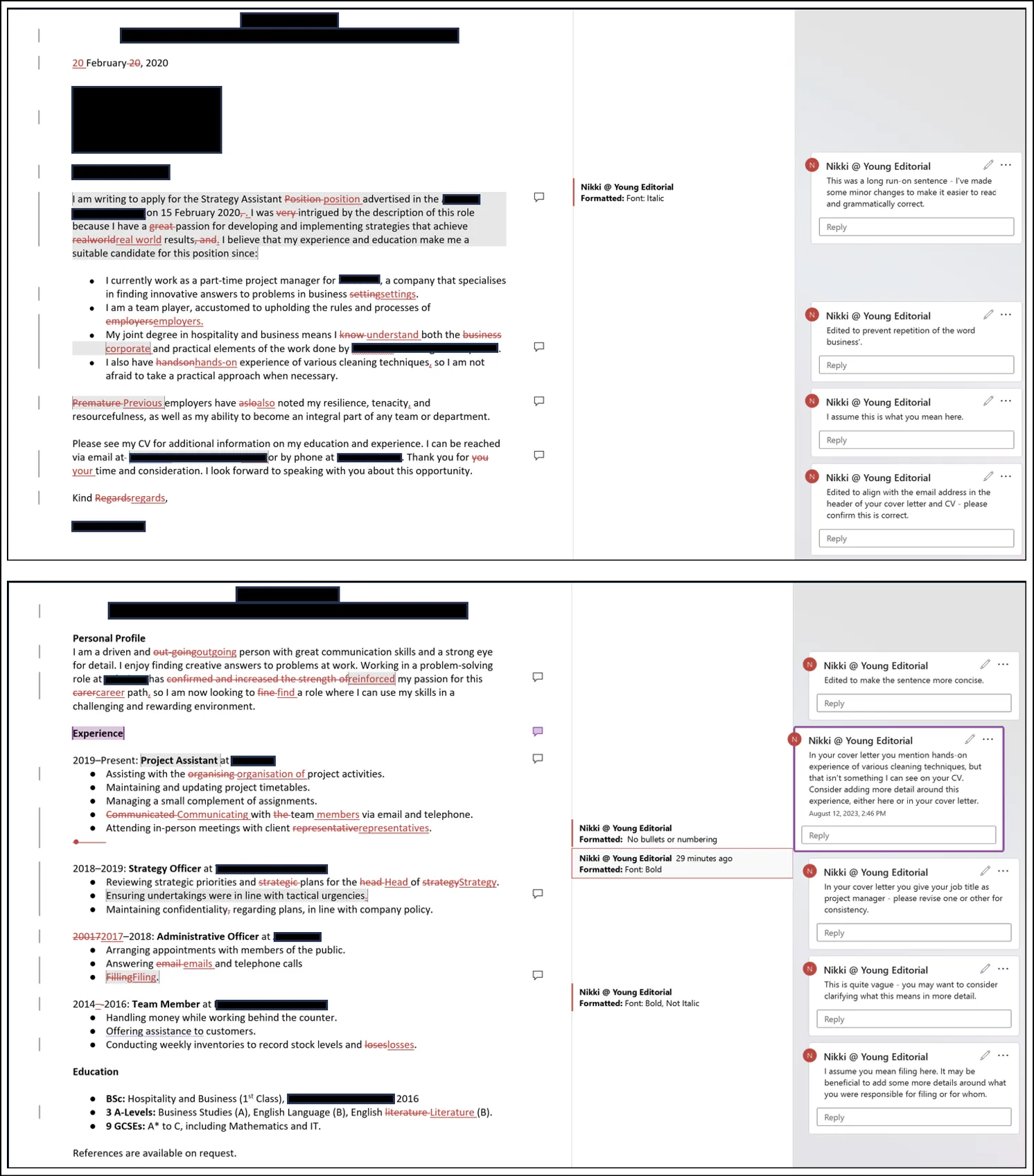
Customize your CV for each job application by reviewing the job description carefully. Highlight the skills and experiences that are most relevant to the specific role. Adjust your summary and skills section to match the requirements of the job. Tailoring your CV shows that you understand the needs of the employer and are a good fit for the position. Review the job description and identify the key requirements. Customize your CV to address these requirements. Highlight relevant skills and experiences, and use keywords from the job description to make your CV easily searchable by applicant tracking systems. Make sure your CV aligns with the job requirements.
Highlight Relevant Skills and Experiences
Focus on the skills and experiences that directly relate to the job you are applying for. Prioritize the most relevant information and place it prominently in your CV. Use keywords from the job description to ensure your CV is easily searchable. This ensures that the potential employer quickly understands your qualifications and value. Tailor your skills section to match the job. Highlight the most relevant skills and experiences to increase your chances of getting an interview. By focusing on what the employer is looking for, you demonstrate your suitability for the role and increase your chances of securing an interview.
Use Action Verbs to Describe Your Accomplishments
Start each bullet point with a strong action verb to make your accomplishments more impactful (e.g., ‘Managed,’ ‘Led,’ ‘Developed’). Use verbs that accurately describe your actions and achievements. This makes your accomplishments more engaging and demonstrates your impact. Action verbs draw attention to your achievements and highlight your skills and responsibilities. Use action verbs to highlight your accomplishments, making your descriptions more dynamic. This increases the impact of your descriptions and makes you a more compelling candidate. Ensure that the verb matches the tense of the description.
Examples of a Great Cover Letter CV

Reviewing examples of well-written cover letter CVs can provide valuable insights into how to structure and present your own. These examples can help you understand the different sections to include, the tone to adopt, and the language to use to showcase your skills and experience effectively. Studying these examples can provide inspiration and guidance for creating your own compelling CV. Use the examples as a guide to understand how different sections are structured, the language used, and the overall presentation. Adapt the examples to your own experiences and qualifications to create a compelling CV that highlights your strengths and accomplishments. Remember, it is about showcasing your experience and making the reader want to know more about you.
Example Cover Letter
A great cover letter provides the context and personalization needed to make your CV stand out. It highlights your most relevant skills and experiences and explains why you are the ideal candidate for the role. Ensure your cover letter is tailored to the specific job and employer. This is your chance to demonstrate your enthusiasm and make a strong first impression. A compelling cover letter will showcase your personality and enthusiasm. Customize your cover letter to each job, highlighting skills and experiences that align with the job description and the company’s needs. Show that you understand the company and the role. Include a call to action that encourages the hiring manager to review your CV and contact you for an interview.
Example CV
An example CV is well-structured, easy to read, and highlights key qualifications and accomplishments. It should include all the essential sections, such as contact information, summary, skills, experience, and education. It uses clear, concise language and action verbs to describe achievements. Ensure the layout is clean and professional. A well-structured CV is crucial for quickly conveying your qualifications. The example CV should highlight your skills and accomplishments. It should use a clean, readable font and formatting to enhance the presentation.
Final Tips
Follow these final tips to ensure your cover letter CV stands out. Pay attention to details, and take the time to refine your CV to create a professional and compelling presentation. These final touches can make a significant difference in the impact of your cover letter CV. Take the time to reflect on the content and structure. Present your skills and experience in the best possible light. Focus on what matters to the employer.
Review and Refine
Regularly review and refine your CV. Keep your CV updated with your most recent experiences, skills, and accomplishments. Update your CV at least every six months or whenever you gain new skills or experiences. Revise your CV to align with current job market trends and best practices. Make sure it is updated with all the latest information. Regularly review your CV to keep it up-to-date and relevant. This helps you stay prepared for job opportunities. Update your CV with your latest skills and accomplishments to keep it current. Refining your CV regularly helps you stay prepared and increases your chances of getting hired.
Submit Your Cover Letter CV
When submitting your cover letter CV, always follow the instructions provided by the employer. Submit your documents in the requested format (e.g., PDF). Double-check all information and attachments before submitting. Ensure that your cover letter and CV are free of any errors. Submit your cover letter and CV in the format requested by the employer. Attach the correct files and double-check all information. Proofread everything to avoid any mistakes.
